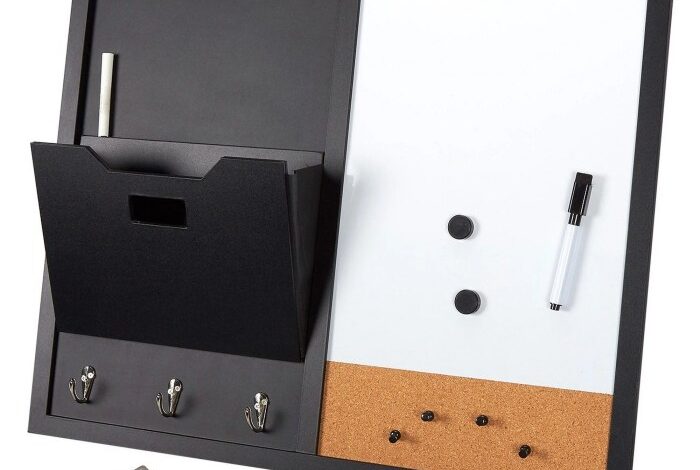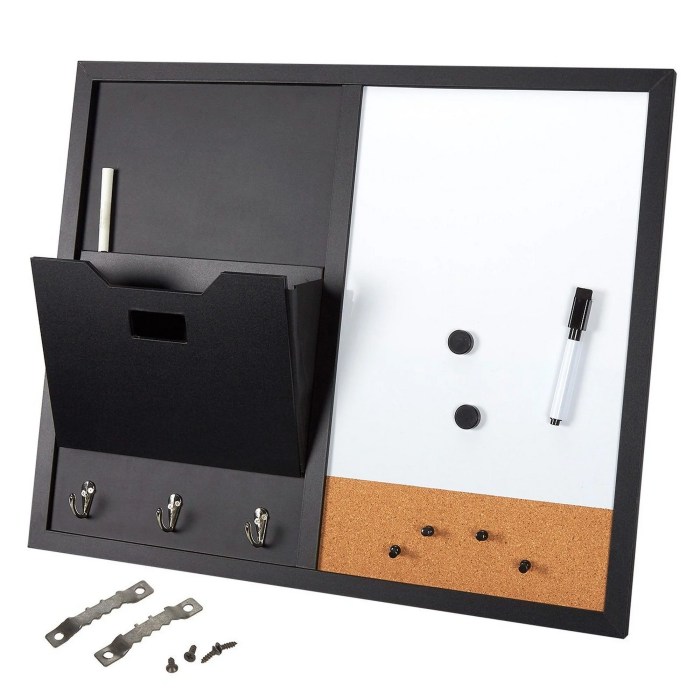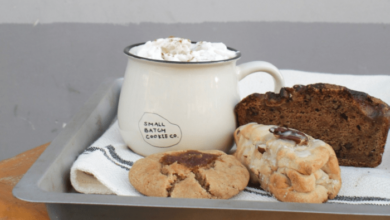
Shutter Message Boards: A History of Communication
Shutter message boards, those iconic wooden panels with movable slats revealing messages, have been a fixture in communities for centuries. From their humble beginnings as simple communication tools to their evolution into artistic expressions, shutter message boards have played a fascinating role in shaping our world.
Their history is interwoven with the evolution of communication itself, reflecting changing societal norms and technological advancements. They have served as public announcements, community forums, and even artistic canvases, showcasing the creativity and ingenuity of their creators.
Shutter Message Board

Shutter message boards, also known as “flip boards” or “letter boards,” are versatile visual communication tools used for displaying messages, announcements, and information in various settings. These boards offer a unique blend of functionality and aesthetics, making them suitable for diverse applications, from educational institutions to retail stores.
Materials Used in Construction
The materials used in constructing shutter message boards significantly influence their durability, appearance, and cost. Here’s a breakdown of commonly used materials and their pros and cons:
- Wood:Wood is a classic material for shutter message boards, offering a natural and rustic aesthetic. It’s readily available, relatively inexpensive, and can be easily customized. However, wood requires regular maintenance to prevent warping, cracking, and damage from moisture.
- Metal:Metal, especially aluminum, is a durable and long-lasting option for shutter message boards. It’s resistant to rust and corrosion, making it suitable for outdoor use. Metal frames can be painted or powder-coated to match any décor. However, metal can be more expensive than wood and may require professional installation.
- Plastic:Plastic is a lightweight and affordable material for shutter message boards. It’s easy to clean and maintain, making it ideal for high-traffic areas. However, plastic may not be as durable as wood or metal and can be susceptible to scratches and dents.
Design and Construction
Creating a basic shutter message board involves a few key steps:
- Frame Construction:The frame provides the structural foundation for the board. It can be made from wood, metal, or plastic. The size and shape of the frame determine the overall dimensions of the message board.
- Shutter Creation:Shutters are individual panels that hold the letters or symbols. They can be made from wood, metal, or plastic and are typically hinged to allow for easy flipping. The size and shape of the shutters determine the size and style of the letters.
- Letter/Symbol Selection:The letters or symbols used on the shutter message board can be made from various materials, including plastic, metal, or wood. They are typically designed to fit securely into the shutters.
- Assembly:The frame, shutters, and letters are assembled together to create the complete message board. The shutters are typically mounted on the frame using hinges or other fastening mechanisms.
Types of Shutter Message Boards
Shutter message boards come in various types, each with unique features and applications:
- Traditional Shutter Message Boards:These are the classic type of shutter message boards, typically made from wood and featuring individual shutters that flip to reveal different letters. They are ideal for displaying simple messages and announcements in traditional settings.
- Magnetic Shutter Message Boards:These boards use magnetic letters and symbols that attach to a metal surface. They are easy to use and allow for quick message changes. Magnetic shutter message boards are commonly found in offices, schools, and retail stores.
- Digital Shutter Message Boards:These boards utilize electronic displays to display messages. They offer a more modern and sophisticated look and can display a wide range of information, including text, graphics, and animations. Digital shutter message boards are often used in public spaces, such as airports and train stations.


